- Summary list for topic 3.3 Meiosis
- Mindmaps
- Exam style question about genes
- Model answer
- Model answer
- 3.3 Meiosis 1/1
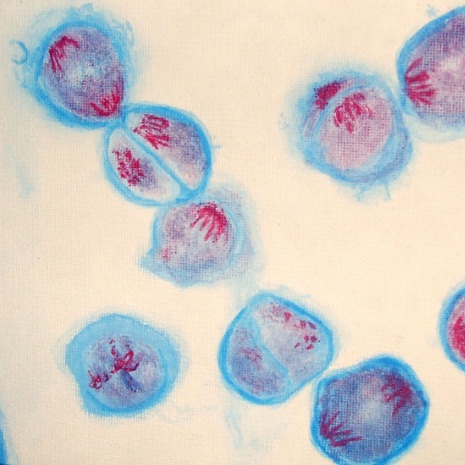
These slides summarise the essential understanding and skills in this topic.
They contain short explanations in text and images - good revision for all students.
Read the slides and look up any words or details you find difficult to understand.
Summary list for topic 3.3 Meiosis
- Meiosis produces four haploid nuclei from one diploid nucleus.
- Haploid nuclei allow a life cycle with fusion of gametes.
- DNA is replicated before meiosis so that all chromosomes at start of meiosis are 'double stranded' with two sister chromatids.
- The early stages of meiosis involve pairing of homologous chromosomes and crossing over followed by condensation.
- Random orientation of pairs of homologous chromosomes.
- Separation of pairs of homologous chromosomes in the first division of meiosis halves the chromosome number.
- Genetic variation is the result of crossing over and random orientation.
- Different parents providing gametes promotes genetic variation.
Mindmaps
These diagram summaries cover the main details of topic 3.3 Meiosis.
Study them and draw your own list or concept map, from memory if you can.
Exam style question about genes
The skill of understanding the movement of chromosomes in meiosis is important in this topic.
Answer the question below on a piece of paper, then check your answer with the model answer.
The diagram shows the karyogram of a species of fly and the nuclei of four of its haploid spermatocyte cells after meiosis has taken place.
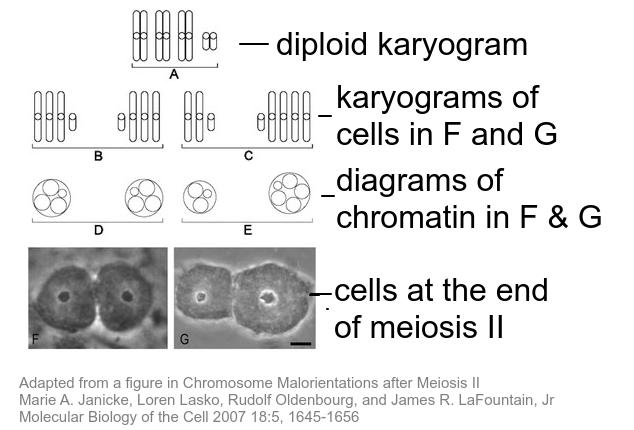
Explain how the nuclei of the cells in images E and G have become different sizes during the process of meiosis [4]
....................................................................................... ............................................................................
....................................................................................... ............................................................................
....................................................................................... ............................................................................
....................................................................................... ............................................................................
Click the + icon to see a model answer.
A quiz containing multiple choice questions covering the understanding and skills from this topic.
START QUIZ!
Drag and drop activities
Test your ability to construct biological explanations using the drag and drop questions below.
Trisomy 21 is the genetic cause of Down's syndrome.
Drag and drop the correct term or phrase into the gap to outline the cause of Down's syndrome and methods for embryonic karyotyping to test for the condition.
age first two copies DNA mutation non-disjunction miscarriage chromosomal second risk fertilised three copies karyotype placenta sperm amniocentesis
Trisomy 21 is the mutation that causes Down’s syndrome. The cause is of chromosome pair 21 in the stage of meiosis leading to of chromosome 21 entering the ovum . On fertilisation, the contributes one more chromosome 21 leading to three being present in the ovum.
As the condition has been shown to be related to the of the mother, the embryo can be tested during pregnancy. This is done by analysis of cells taken from the embryonic part of the (chorionic villus sampling) or from the umbilical cord ( ). Both methods carry a degree of of damage to the foetus or of causing a .
The inheritance of an extra chromosome caused by non-disjuntion of a pair of chromatids in meiosis II is a chromosomal mutaion.
Everyone needs a bit of fun while they revise. Try this meiosis card match game
Can you reach the leader board?
How much of Meiosis 3.3 have you understood?







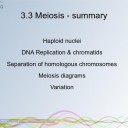
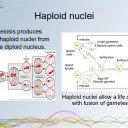
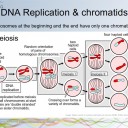
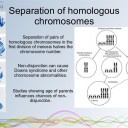
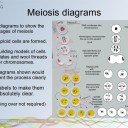
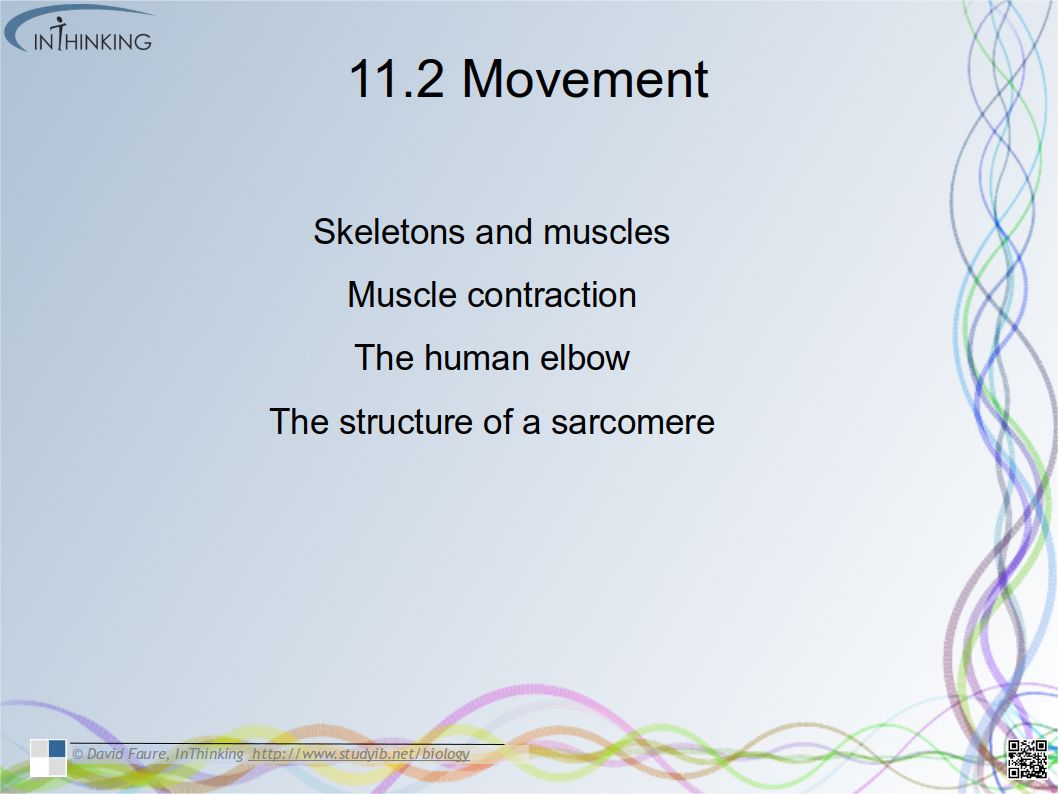
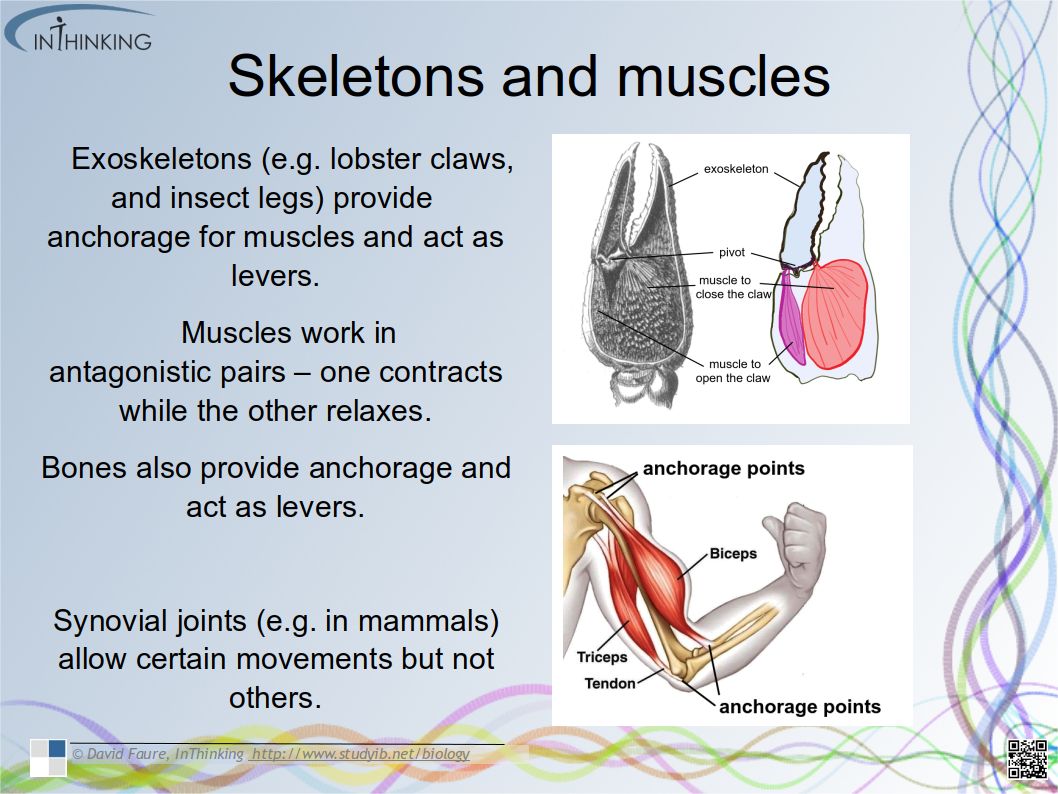

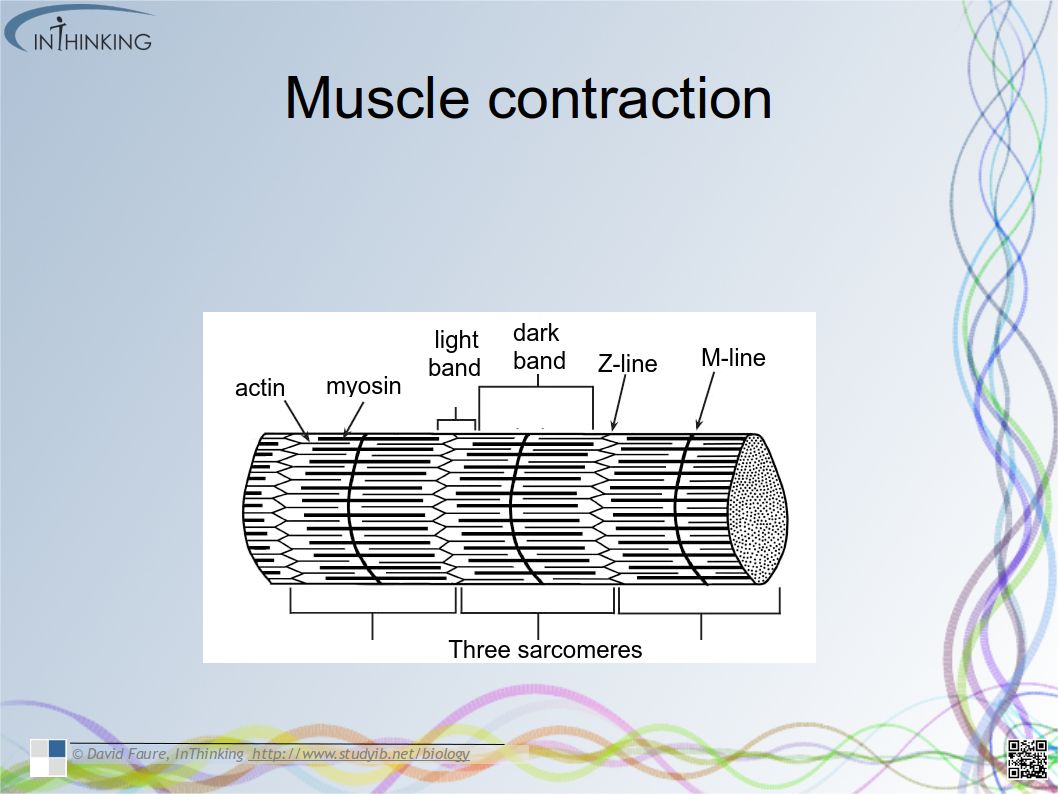

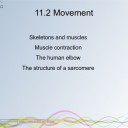
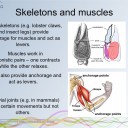
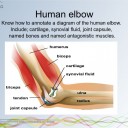
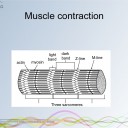
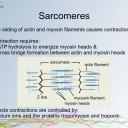

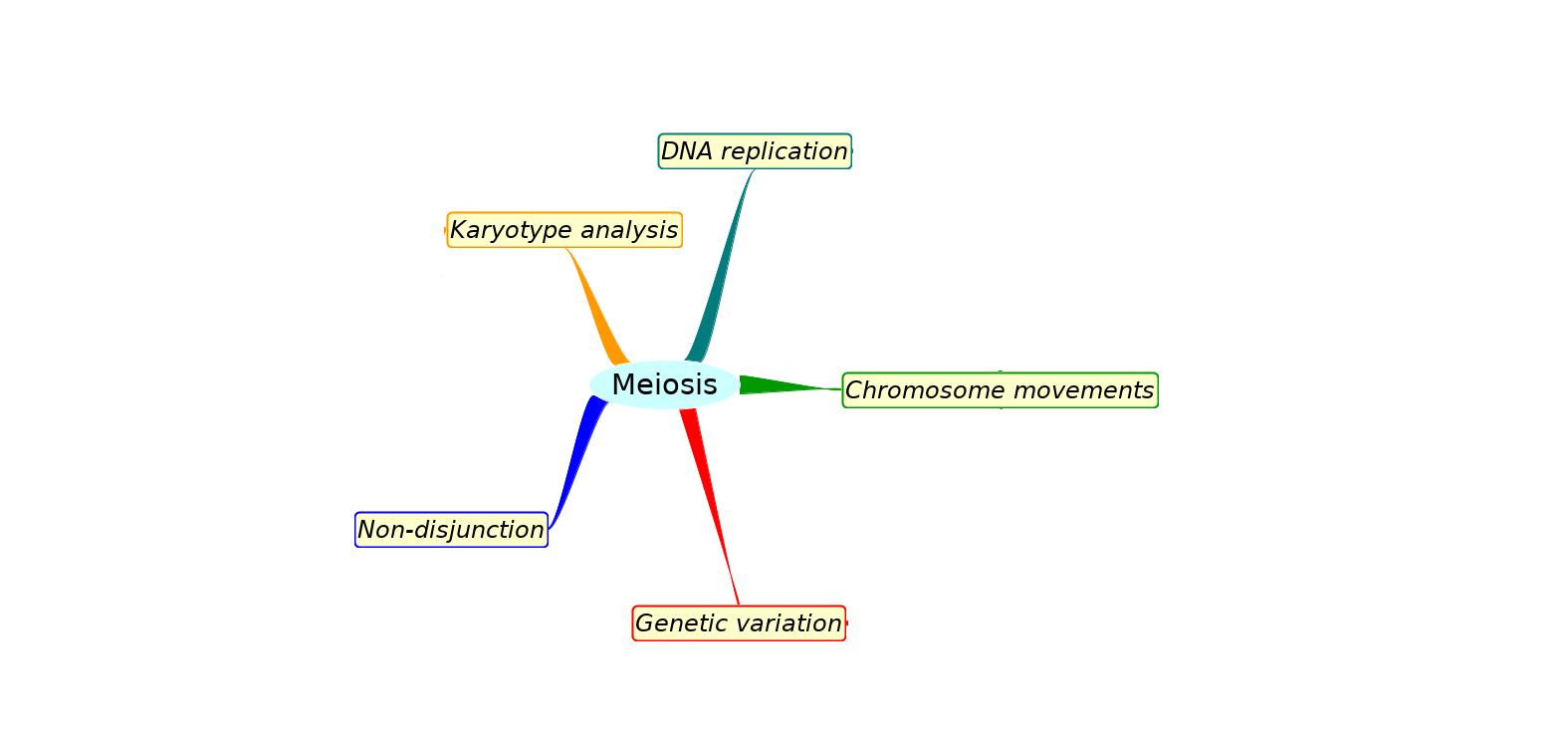
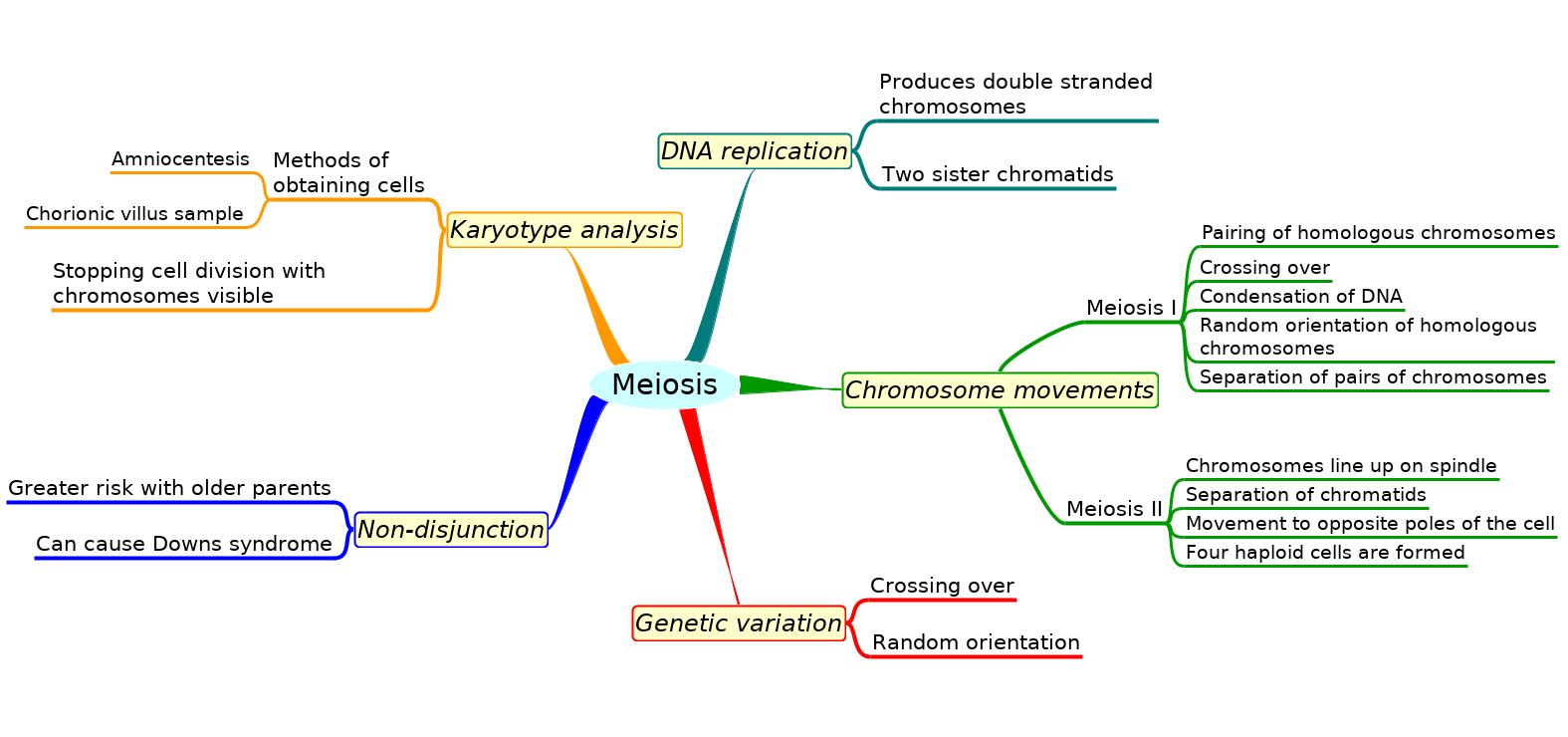
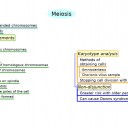
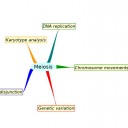
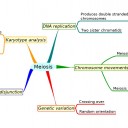
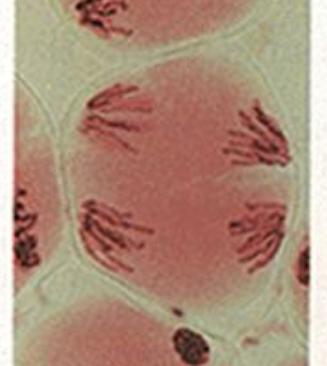
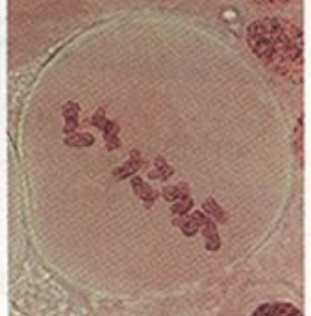
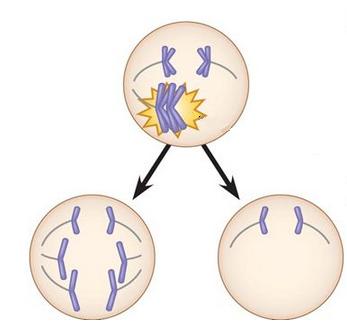
 Twitter
Twitter  Facebook
Facebook  LinkedIn
LinkedIn